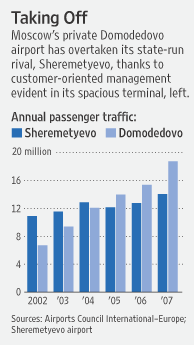We enjoyed several cruises on the River City Star over the past many years. Apparently no more.
It is silly to think that Homeland Security regulations can make us significantly safer when traveling on the River City Star.
I judge the risks as small, and the best way to prepare for whatever risks there are, would be to take the sorts of steps advocated by Amanda Ripley in her book The Unthinkable. One of the main lessons of her book is that it is not primarily government regulations and professionals that make us safer, but the alertness and preparation of regular people.
Maybe Homeland Security disagrees with my assessment of the risks. But who are they to tell me what risks I am not permitted to take? (That’s what they are in effect doing when they increase the costs of sailing the River City Star to the point that it is turned into a non-sailing restaurant.)
(p. 1B) The River City Star will make its final voyage Thursday to a new home in Plattsmouth, where it will become a floating restaurant. Two new riverboats will replace it along Omaha’s riverfront.
The Star, previously called the Belle of Brownville, operated as an excursion boat for cruises for more than 40 years.
Larry Richling, the boat’s most recent owner, said he decided to sell the boat because federal regulations for boats capable of carrying more than 300 passengers became too costly after the 9/11 terrorist attacks.
The smaller boats, each with a capacity of 149 passengers, fall in a different category with fewer regulations, he said, and will be cheaper to operate.
. . .
(p. 2B) “There’s nothing wrong with the boat. The boat is in fantastic condition,” Richling said.
Richling said he would have had to invest at least $500,000 in the River City Star to meet Homeland Security Department requirements, but those requirements won’t apply if it is permanently docked.
For the full story, see:
CHRISTINE LAUE. “River City Star Going South; Boat Will Become a Plattsmouth Restaurant.” Omaha World-Herald (Thursday, December 4, 2008): 1B-2B.
(Note: ellipsis added.)
(Note: the online version of the title was: “River City Star Making Final Voyage.”)








